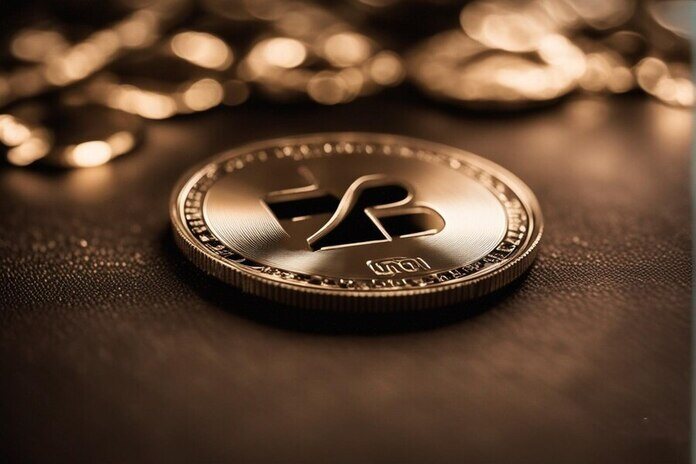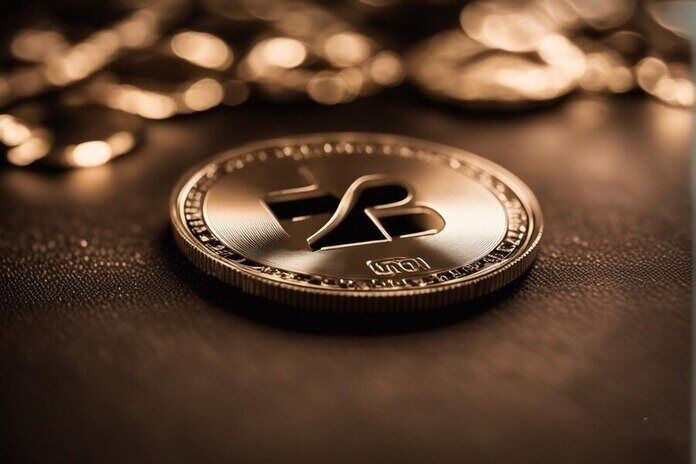Dragonfly Leads $12 Million Seed Round for Agora, Stablecoin Issuer

Agora, a stablecoin issuer, has successfully raised $12 million in seed funding, according to reports. Leading the round is venture firm Dragonfly, with additional contributions from General Catalyst and Robot Ventures.
Agora’s primary objective is to introduce a USD-pegged stablecoin, backed by cash reserves, U.S. Treasury bills, and overnight repurchase agreements. The company aims to establish partnerships with exchanges and other crypto entities, initially targeting non-U.S. clientele.
Nick Van Eck, co-founder of Agora and son of Jan Van Eck, CEO of investment firm VanEck, will oversee the management of funds in Agora’s reserves, as reported by Bloomberg.
Despite strong competition in the USD-pegged stablecoin market, with Tether and Circle dominating a significant portion, Agora is poised to carve its niche. Tether holds 55.34% of the total Ethereum stablecoin supply, while Circle’s share comprises 30.61%, according to data from The Block’s Data Dashboard.
Notably, VanEck’s spot bitcoin exchange-traded fund HODL garnered significant attention following its approval on January 11. The ETF experienced a surge in volume, with a reported 1,000% increase in early February. On April 1 alone, HODL recorded $22.82 million in USD volume, indicating substantial investor interest.
Featured Image: Freepik





